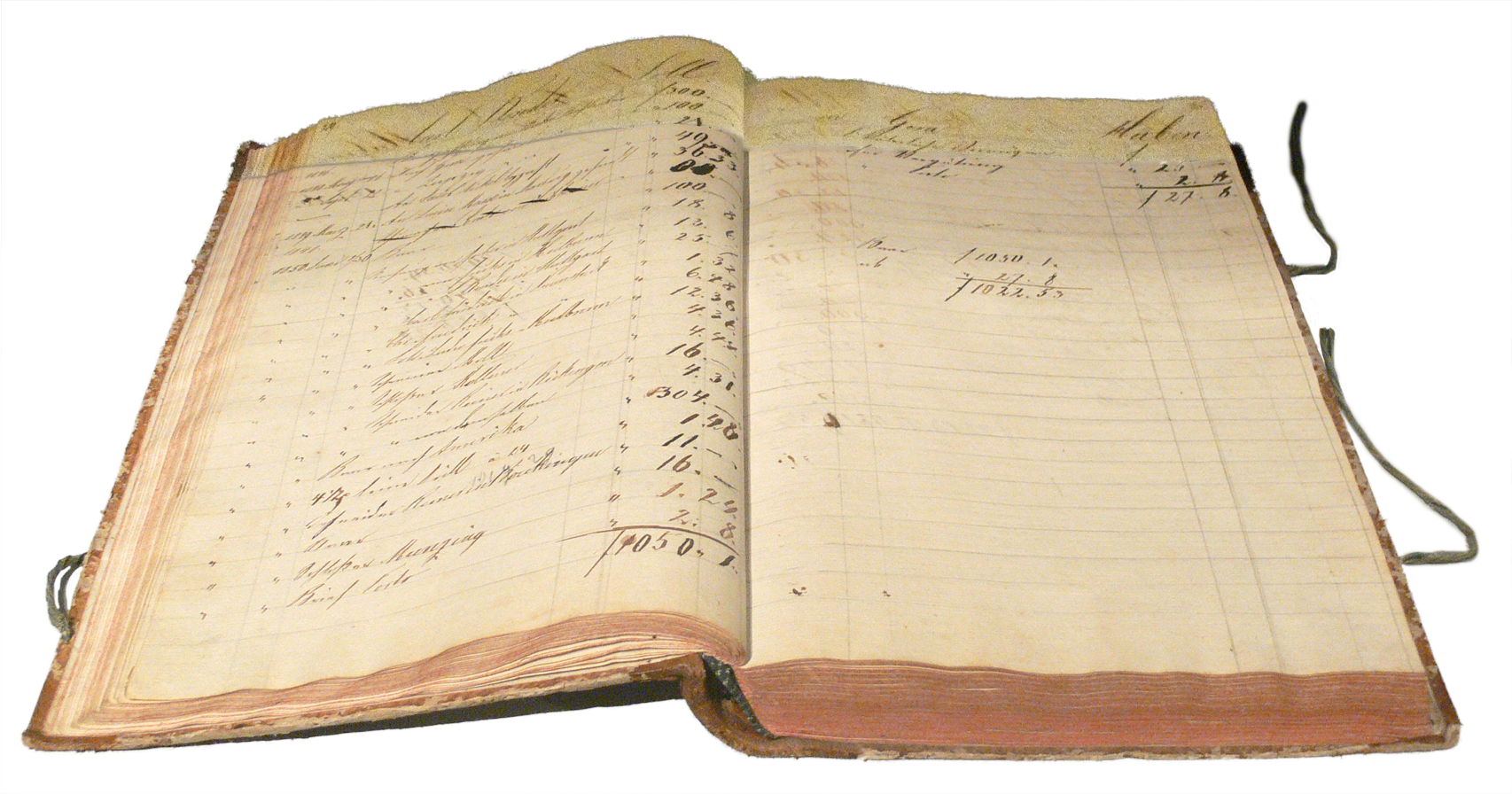Knitting business
- Introduction and Basics
- Creating Your Product Line
- Sourcing Materials
- Production Process
- Pricing and Profitability
- Marketing Your Collection
- Selling Your Products
- Customer Service and Retention
- Basics of Business Management
- Finance and Accounting
- Legalities of Your Business
- Growth and Expansion Strategies
Pricing and Profitability
Understanding Costs, Profit Margins, and Break-Even Analysis for Your Knitwear Business

Value of money that has been used up to produce something.
In the world of business, understanding your costs, profit margins, and break-even point is crucial. These elements not only influence your pricing strategy but also determine your business's financial health. This article will guide you through these concepts, focusing on their application in the knitwear industry.
Understanding Costs
Costs are the expenses your business incurs in the process of producing and selling your knitwear products. They are broadly classified into fixed costs and variable costs.
Fixed Costs are expenses that do not change with the level of output. They are incurred even when there is no production. Examples include rent, salaries, and insurance.
Variable Costs change with the level of output. They increase as production increases and decrease as production decreases. Examples include raw materials, direct labor costs, and shipping costs.
The sum of fixed and variable costs gives you the Total Costs. Understanding these costs is crucial for pricing your products and determining profitability.
Calculating Profit Margins
Profit margins are indicators of your business's profitability. They are expressed as a percentage of the sales price. There are three types of profit margins:
Gross Profit Margin is the percentage of each dollar of revenue that the company retains as gross profit. It is calculated as (Sales - Cost of Goods Sold) / Sales.
Operating Profit Margin is the percentage of each dollar of revenue that the company retains after paying for variable costs of production such as wages, raw materials, etc. It is calculated as Operating Income / Sales.
Net Profit Margin is the percentage of revenue left after all expenses have been deducted from sales. It is calculated as Net Income / Sales.
Understanding these profit margins helps you assess your business's financial health and make informed decisions.
Break-Even Analysis
The break-even point is the point at which total revenue equals total costs. At this point, your business is not making a profit or a loss. Understanding your break-even point helps you determine how much you need to sell to cover your costs and start making a profit.
The break-even point is calculated as Fixed Costs / (Selling Price per Unit - Variable Cost per Unit). The result tells you the number of units you need to sell to cover your costs.
The Margin of Safety is the difference between your actual or expected sales and the sales at the break-even point. It measures the risk of a business facing a loss if sales decrease.
Practical Exercises
To solidify your understanding of these concepts, try to calculate the costs, profit margins, and break-even point for one of your knitwear products. This exercise will give you a practical understanding of these concepts and their application in your business.
In conclusion, understanding costs, profit margins, and break-even analysis is crucial for your knitwear business's financial health. These concepts will guide your pricing strategy and help you make informed business decisions.